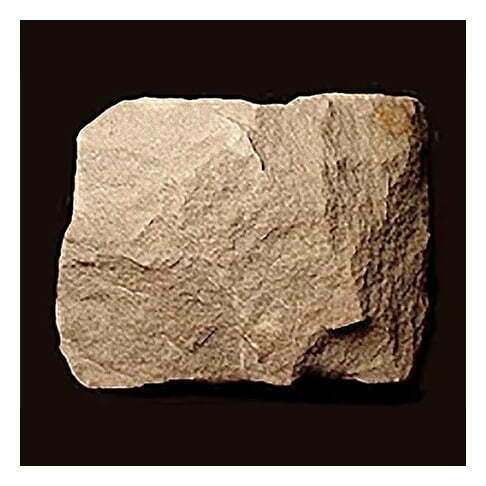Learning Objectives
After completing this topic “Special Core Analysis“, you will be able to:
- Summarize the method and purpose for each test typically included in special core analysis (SCAL).
- Discuss some common subsurface interpretation techniques which use SCAL data.
Introduction
Special core analysis, commonly abbreviated to “SCAL,” includes laboratory procedures and analyses conducted on core plugs cut from an interval of full diameter core acquired from hydrocarbon reservoir rocks (Figure 1).

Special core analysis is distinguished from routine, or conventional, core analysis by the addition of a number of supplementary experiments. In particular, SCAL often includes the measurement of two-phase flow properties to determine the relative permeability, as well as the determination of the capillary pressure and wettability. Special core analysis also establishes a number of electrical properties of the formation which can then be used to interpret LWD and wireline well logs, especially the calculation of the water saturation. SCAL includes a number of specialized studies, such as petrographic, micropalaeontological and palynological, trace element identification and insoluble residue studies, as well as computer-assisted tomography (CAT) scanning and nuclear magnetic resonance logging.
Carpenter (2013) summarized recent advances in special core analysis data interpretations on multi-scale measurements, from whole cores to small core trims, with respect to a complex carbonate reservoir.
Two-phase Flow Properties
Two-phase flow in porous media depends on a number of parameters which together determine how the two fluids are distributed in the reservoir rock’s pores, for example, whether they flow in separate channels or side-by-side in the same channels, either with both fluids being continuous or only one fluid being continuous and the other discontinuous. Relative permeability is the ratio of the effective permeability of a particular fluid at a specific saturation to the absolute permeability of that fluid at total saturation. The SCAL measurement of the relative permeability allows a comparison of the abilities of different fluids to flow in the presence of each other, since the presence of more than one fluid tends to inhibit flow. Capillary pressure is the difference in pressure across the interface between two immiscible fluids (Figure 2).

Core Samples for SCAL
Special core analysis tests on heterogeneous formations are normally made on 1 to 1 1/2 inch (2.5 cm to 3.8 cm) diameter cylindrical plugs, which are from 1 to 3 inches (2.5 cm to 7.5 cm) long (Figure 3).

Samples are selected so as to encompass the porosity, permeability and rock type ranges within the cored interval or reservoir (Figure 4). For homogenous formations (Figure 5), tests can be made on the full diameter cores. In some cases, measurements are made on fresh, preserved cores that are not extracted and leached prior to the laboratory tests. In other cases, samples are extracted, leached and dried. After the porosity and permeability have been determined in routine core analysis, the samples are restored to the reservoir saturation conditions.


The problem of unsuitable cores for special core analysis may sometimes arise when the cores were acquired for routine core analysis without consideration of subsequent special core analysis work. The remote location of some oil wells (Figure 6) may occasionally make the use of a desired coring fluid and packaging technique impractical. Either way, the responsible engineer, petrophysicist or geologist must use the available rock in the state in which it exists.

Special core analysis studies and the accompanying detailed petrophysical evaluations normally require several months, and occasionally up to one year, to finalize. It is not until the SCAL analysis has been completed and all the capillary pressure and electrical property data have been generated that the well log analysis can be finalized.
 Petro Shine The Place for Oil and Gas Professionals.
Petro Shine The Place for Oil and Gas Professionals.



